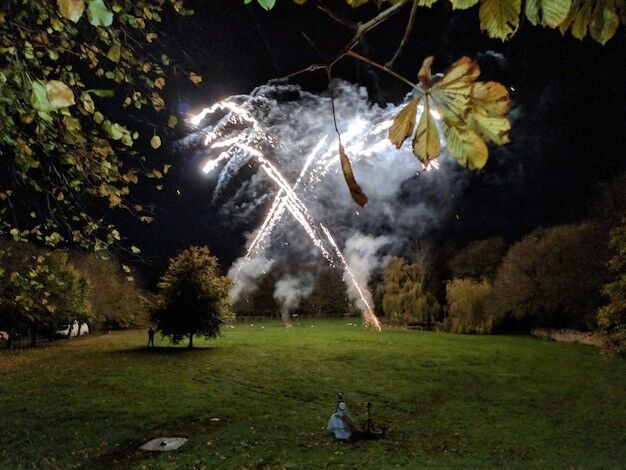
Designed to release light, heat, music, and typically colorful displays via regulated chemical reactions, a firework is Globally utilised for celebrations, festivals, and public events, fireworks combine visual, acoustic, and occasionally touch stimuli. They remain a source of amusement for people of all ages and are fundamental part of cultural customs.
Fireworks have its roots in ancient China, where gunpowder was originally found about the ninth century. Bamboo stalks loaded with gunpowder were the first kind of fireworks; when lighted, they would blast loudly, originally used to stave off bad spirits.
Along with knowledge of gunpowder, by the 13th century fireworks had reached the Middle East and Europe. European designers improved the technology by combining several chemical additions to get more complex designs and better colors. Especially in Italy, where pyrotechnic expertise was developed, pyrotechnics were a mainstay of royal festivals during the Renaissance.
With significant occasions including New Year’s Eve, national holidays, including Diwali in India and Fourth of July in the United States, fireworks are a worldwide phenomenon today.
Fireworks run under a mix of chemistry and physics. A firework consists mostly in:
Shell: The firework and its contents’ container.
Black powder: Sometimes known as gunpowder, is the explosive propellant used.
Little pellets: Composed of metal salts and other color- and effect-producing compounds make up stars.
Fuse: An igniting timing mechanism for the firework.
Igniting a firework: It’s fuse ignites the gunpowder and sends it skyward. Particularly chemical combinations inside the shell define the colors, patterns, and sound. For instance:
Red is produced with strontium salts.
Copper compounds turn blue.
The way the stars are arranged inside the shell will determine the fireworks’ pattern after they blast, producing displays ranging from rings to chrysanthemums to palm bursts.
In many different societies around the globe, fireworks are quite important. Many times, they represent celebration, delight, and rejuvenation.
Chinese New Year traditions include fireworks, whose loud boom is thought to chase away evil spirits and bring good fortune.
India: Celebrating the triumph of light over darkness, fireworks flood the night sky during Diwali, the Festival of Lights.
United States: Grand shows of patriotism honor the signing of the Declaration of Independence on Independence Day, July 4.
Europe: Often marking New Year’s Eve and other significant occasions, fireworks represent fresh starts.
These vibrant exhibits have merged with national identities to create customs bringing people together to honor significant events.
Fireworks have possible hazards even if they look beautiful. Inappropriate handling or malfunction could cause property damage, fires, or injuries. Safety rules and safeguards are therefore absolutely important.
Moreover affecting the surroundings are fireworks. Their released chemicals can add to air and water contamination. Some contemporary supporters support environmentally friendly substitutes that still provide visual appeal but lower noise pollution, such drone light displays or “silent” explosions.
Technological developments have stretched the possibilities for fireworks shows. To create complex displays for big events like Olympic Games or city-wide festivities, pyrotechnic designers today synchronise explosions with music or lighting effects using computerised systems. Additionally developing to lessen environmental impact are innovations in biodegradable materials and low-smoke compositions.
Fireworks are a fascinating fusion of science, art, and custom. From rudimentary black powder explosions to brilliant modern spectacles captivating viewers worldwide, they have changed. The happiness and sense of surprise they create remain unparalleled, therefore confirming their place in human history and culture even if they bring hazards and environmental consequences.
Subscribe to receive special offers and enter our Facebook competitions.
Big Shotter Fireworks Ltd, Ground Floor, 57 Darley Street, Bradford, BD1 3HN, Company Registration No.: 10827383, VAT Registration No.: 379904052